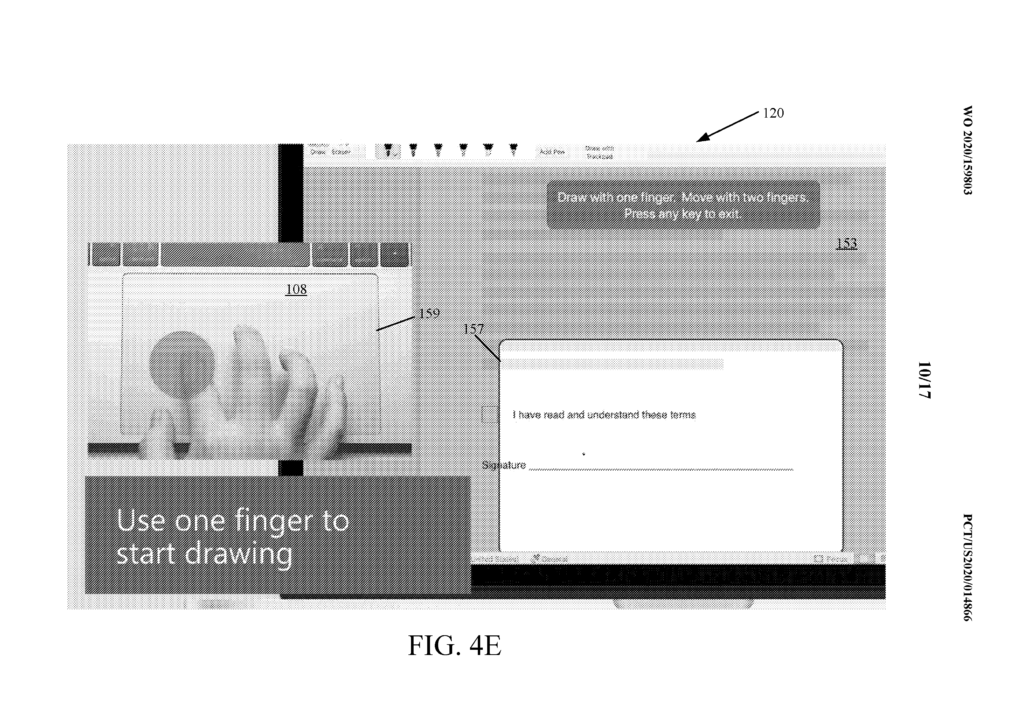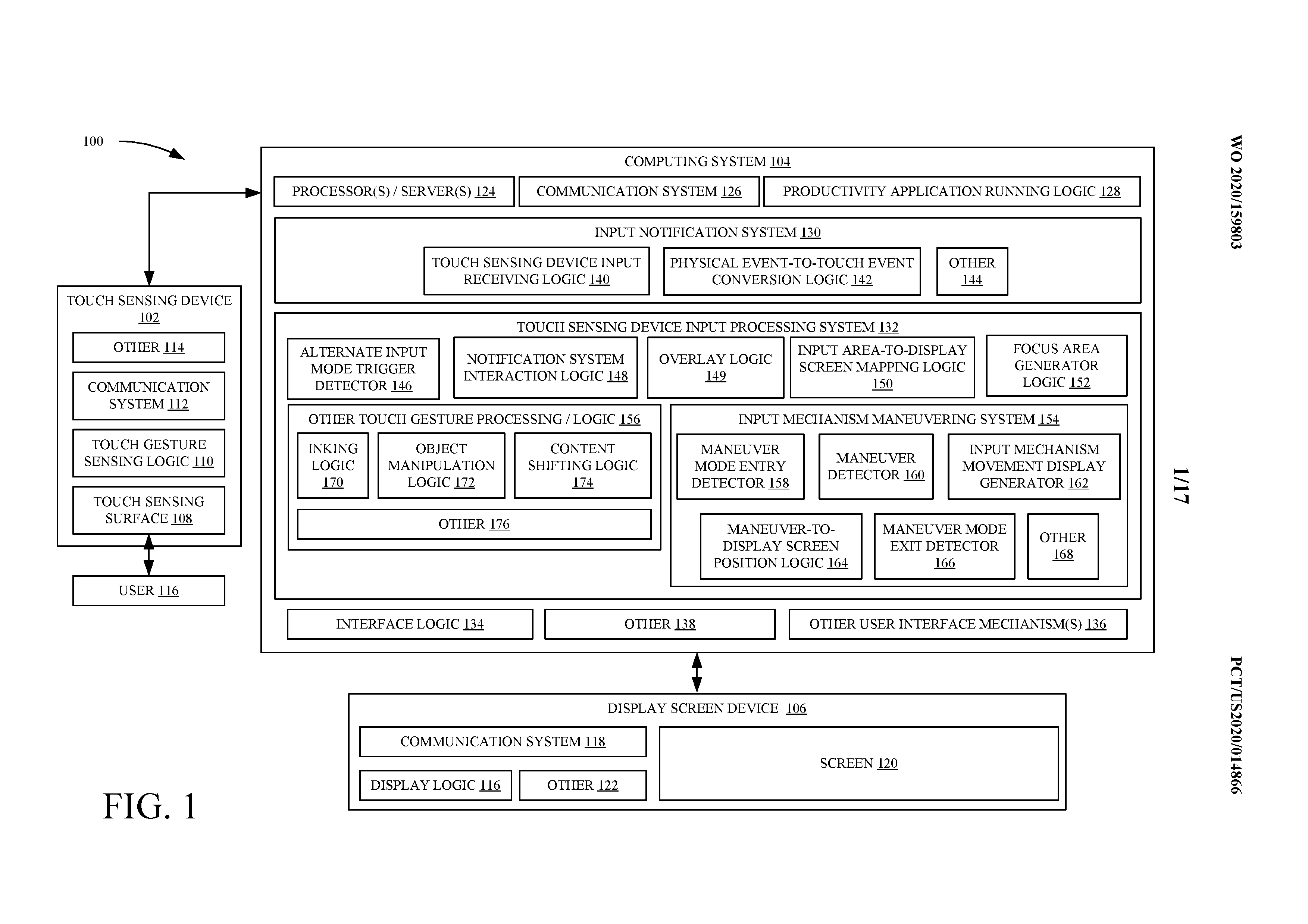Well, if you have ever thought to use the devices that are not meant for touch, I mean a device with the normal screen, not with a touch screen. If yes, then your that thought could be true soon. Recently, Microsoft has patented a new technology that can allow users to use touchscreen even on the devices that are not embedded with the touch controller.
Although this technology would not be a paradigm shift for the smartphone and tablets those are generally available with touch screen facility. However, there are still some devices that do not offer such input options. These include many desktop PCs and notebooks as there still there are some applications especially the emulated or streamed Android apps that rely on a touchscreen.
As per the sources, the submission of the patent was done on January 24th, however, it has published on August 6th which can be seen on Patentscope. In order to equip devices that do not have a touchscreen with input via touch, an external, touch-sensitive device should be used. The touchscreen is then partially or fully emulated. An example of an external, touch-sensitive device would be a trackpad. The area of a trackpad is basically much smaller than a screen. It should therefore not be possible to emulate the touchscreen of the entire display.
However, as per the description given on the patent website, Windows 10 could soon map the surface of the touchpad onto a certain screen area and thus enable direct touch input. Nevertheless, we yet can’t say when in which devices we would see this emulate touchscreen tech.
Summary from the submitted patent:
An input mode trigger is detected so that a computing system treats inputs from a touch sensing device as touch inputs. A focus area input mechanism, which is smaller than a display screen controlled by the computing system, is displayed on the display screen. A maneuver touch input is detected, and the focus area input mechanism is moved, on the display screen, to a new position based upon the maneuver touch input. Other touch gestures are used to perform operations within the focus area input mechanism.


Related Posts
What is a juice-jacking attack? How can we be safe from such attacks?
Getting the right dashcam for your needs. All that you need to know
WhatsApp iPad App Gets Major Overhaul, Adds New Communities Feature
Moto G85 5G launched in India but is unlikely to beat VIVO or XIAOMI
Rise of deepfake technology. How is it impacting society?
Smartphone Apps Get Smarter- Meta AI’s Integration Across Popular Platforms